At 1 Chome Yushima, Bunkyo Ward, Tokyo, many buildings and many cars go by Hongo Street. “Yushima Seido” is a leafy place with a line of big Ginko trees.
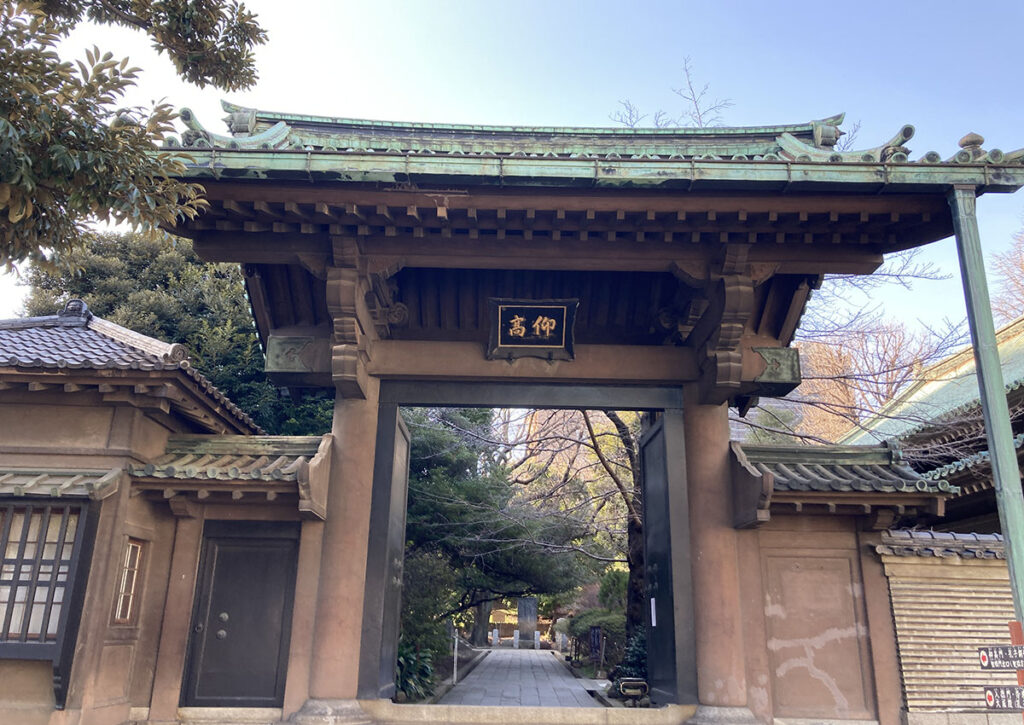
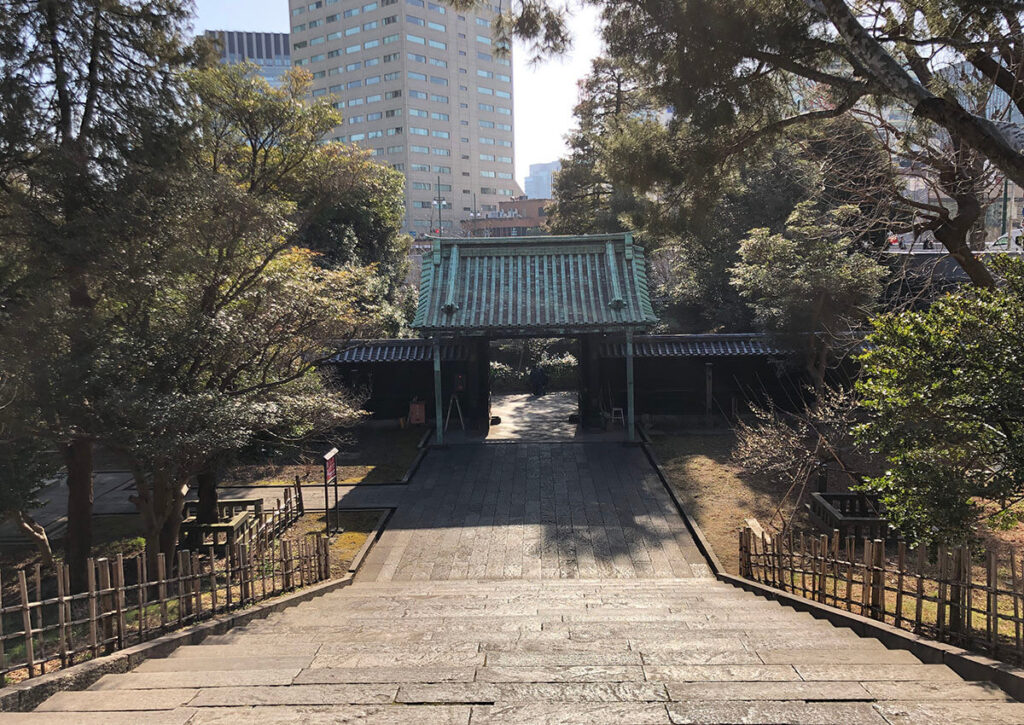
“Yushima Seido” is a “Confucius’s Mausoleum”
“Yushima Seido” is a “Confucius’s Mausoleum” found by Tokugawa Tsunayoshi.Confucius is the founder of thought and belief of Confucianism and he was active in China about 2,500 years ago. Many schools and private schools, which look up Confucius as a teacher and respect Confucianism, built the mausoleum to enshrine Confucius.There are many Confucius’s Mausoleums in China, Korea, Japan, Taiwan, Vietnam and Malaysia. In Japan, Ashikaga School in Tochigi Prefecture, Takusei Mausoleum in Saga Prefecture and Confucius’s Mausoleum in Nagasaki Prefecture are famous.
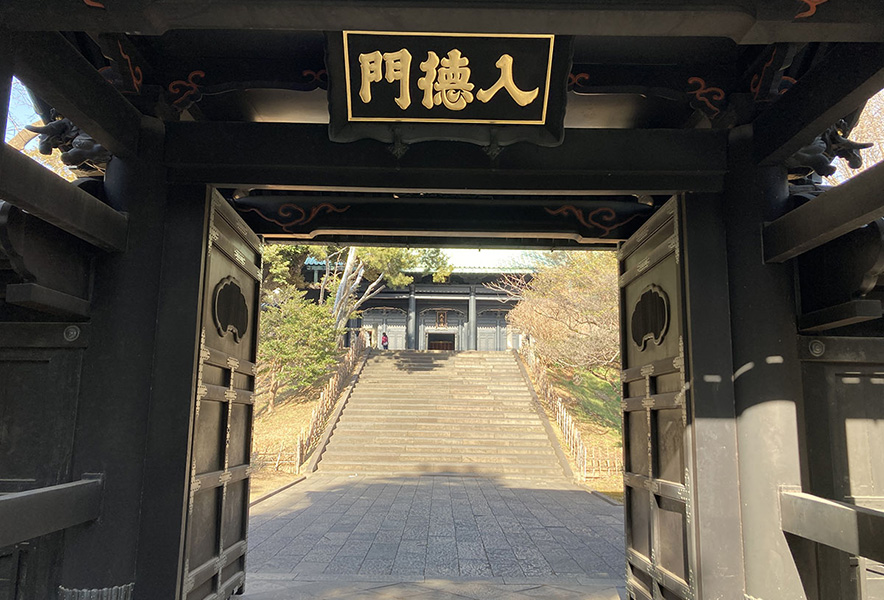
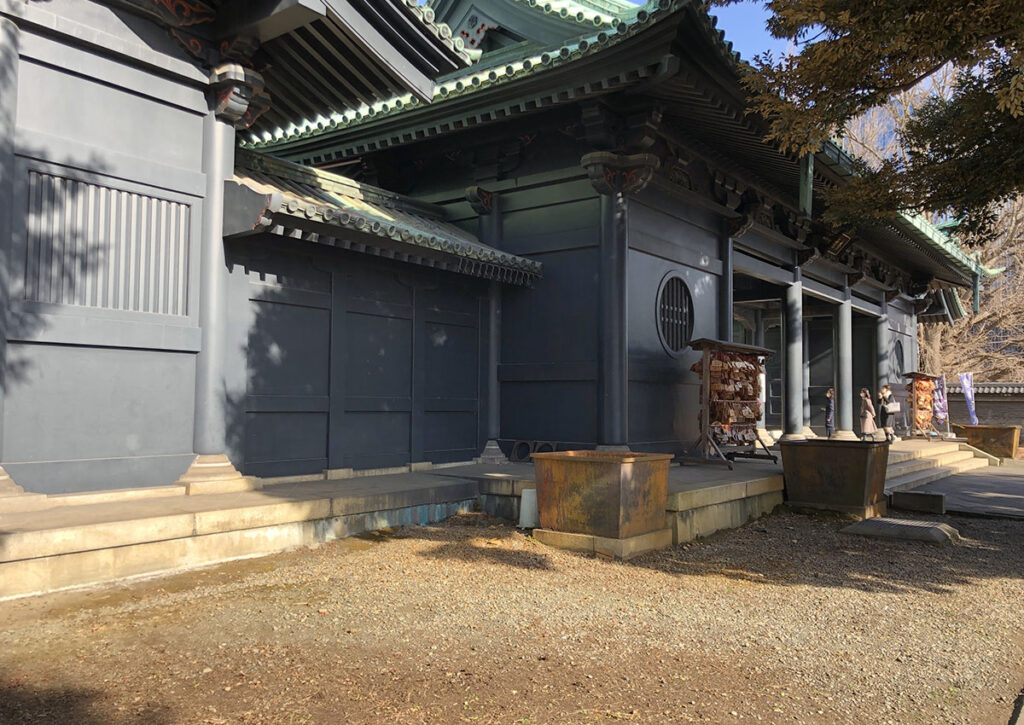
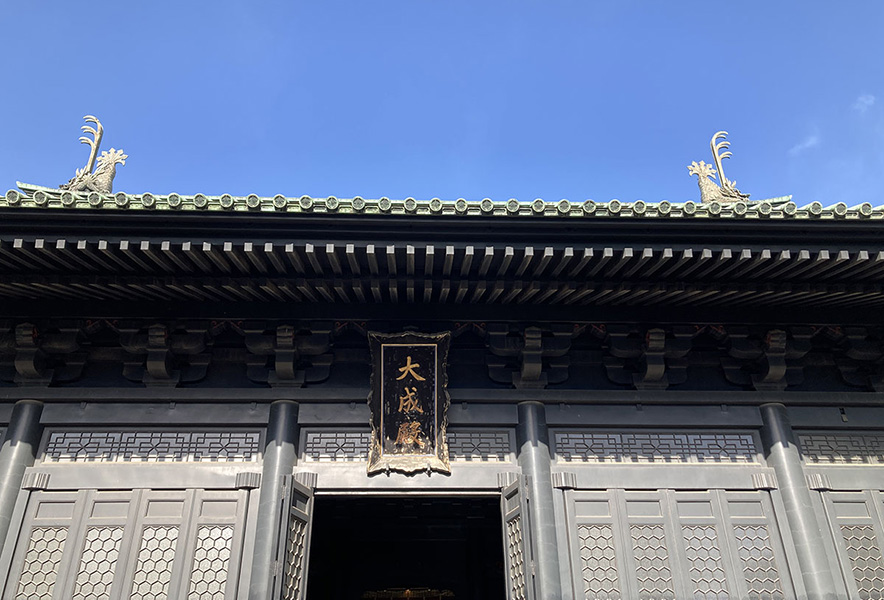
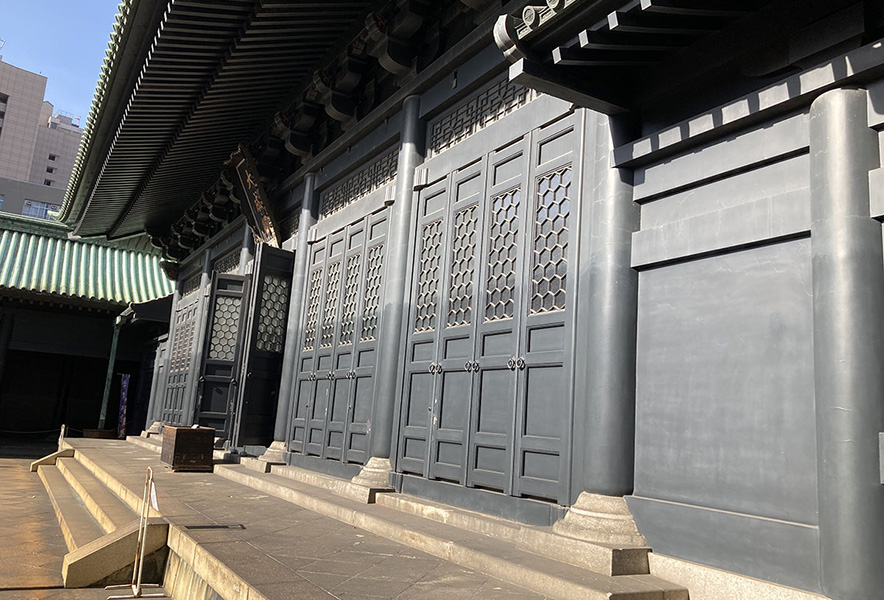
“Yushima Seido” is the birthplace of “Japanese school education.”
In 1690, Tokugawa Tsunayoshi, fifth shogun of the Tokugawa, moved Confucius’s Mausoleum to the present place in order to promote Confucianism, from Shinobugaoka Ueno where Hayashi Razan built it in private residence.
After Meiji Restoration, it became an administrative jurisdiction for the new government, the university and The Ministry of Education was established; however, it was designated as a national historic site in 1922. Because of the Great Kanto Earthquake, everything except Nyutoku Gate and Mizuya was vanished. In the Showa period, it was reconstructed by Ito Chuta who set out Tsukiji Hongwanji. Currently, it is preserved and managed by Public Interest Incorporated Foundation Shibunkai which led the re-establishment.
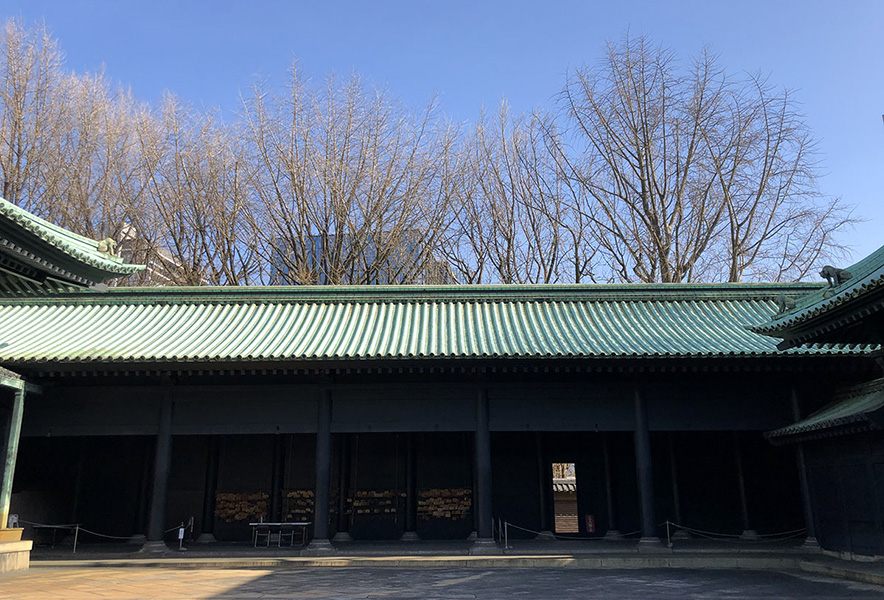

“Yushima Seido” and “Yushima Tenjin” are unrelated, but both are “the birthplace of education”
Yushima Seido was a shrine worshiped Confucius, who is the father of Confucianism, a place where people respect Confucianism valued, and a school where people studied Confucianism.
Therefore, it is still a place where people visit to pray for academic achievement. Although it is a historic site but not a shrine, some misunderstand because of the wooden votive tablets close to the gate, and its stamp service. In addition, there is a shrine called “Yushima Tenjin” in the same Yushima, Bunkyo Ward, many people are confused about it.
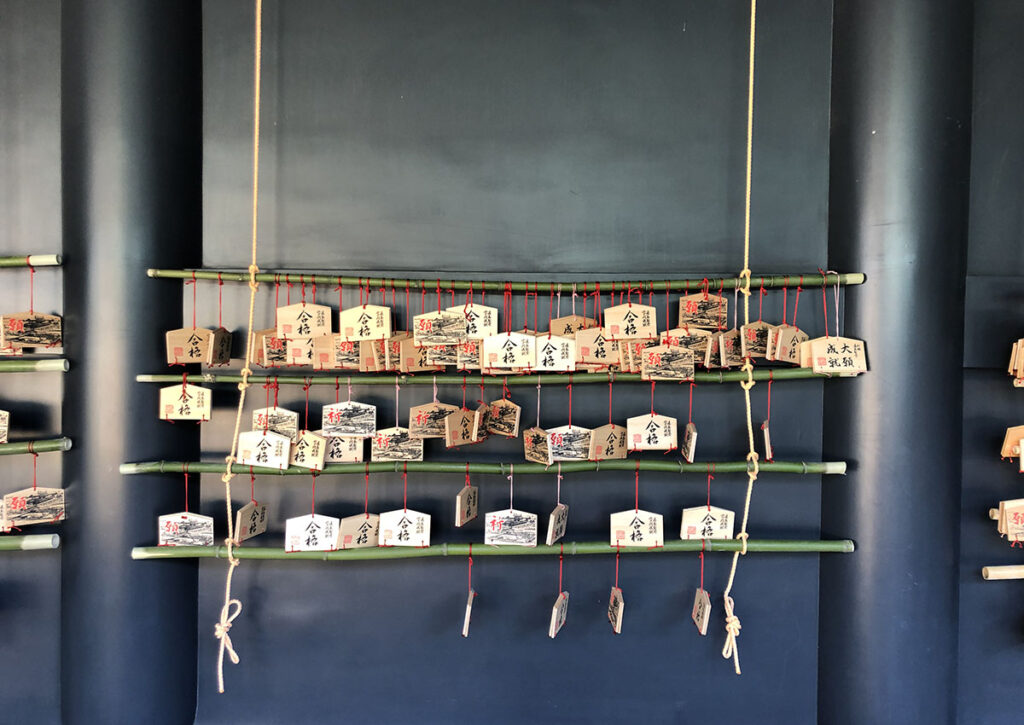
Sights to see of Yushima Seido Temple
The building, which was destroyed in the Great Kanto Earthquake, was rebuilt in 1935 using reinforced concrete construction designed by Chuta Ito. The current Yushima Seido was completed in March 1993 after conservation and repair work by the Agency for Cultural Affairs began in 1986.
Nostalgic Shinbunkaikan
The gates open from 9:30AM to 5:00PM(4:00PM in winter) and you can freely exit and enter. There are three gates, West Gate and Hijiribashi Gate along Hongo dori, and Main Gate along Sotobori Street.
At first, make a stop at Shibunkaikan near the Main Gate and look at the charms and the wooden votive tablets. You can pray for the entrance examination and a great ambition with the tablets.
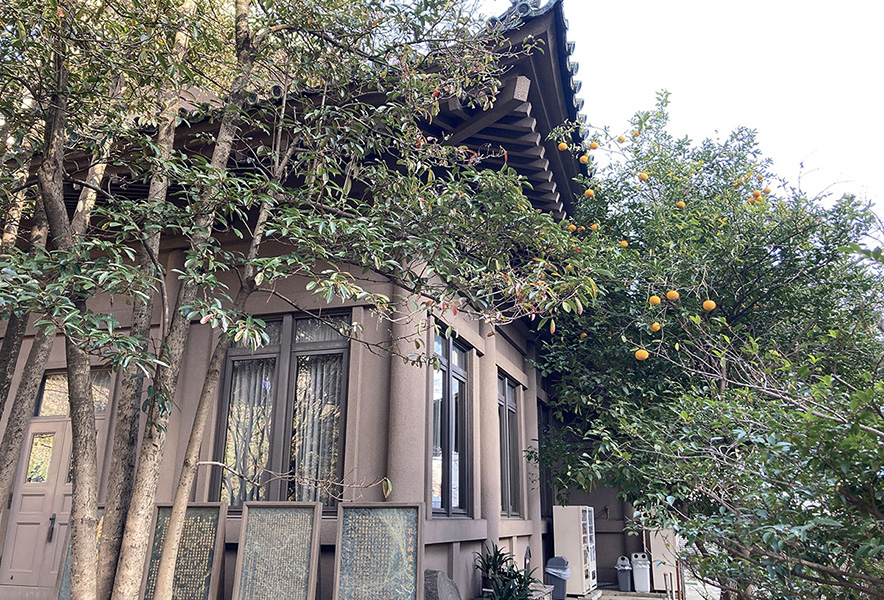
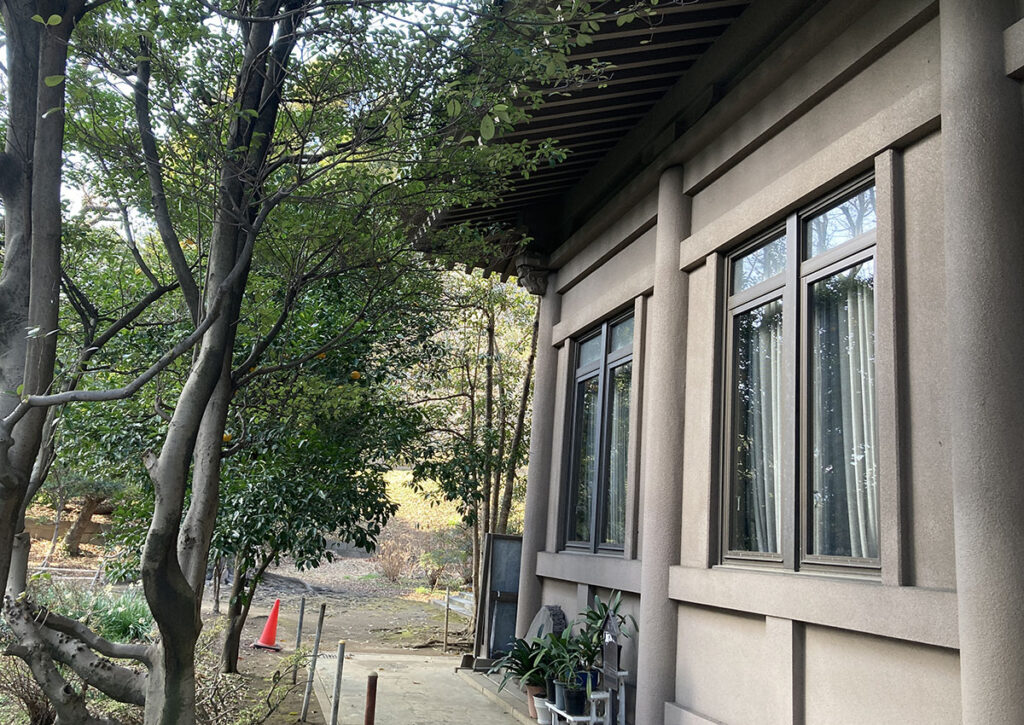

Kyodan Gate
Yushima Seido had fire for many times and it was re-established again and again. The present building was reconstructed with concrete in1935, after the Great Kanto Earthquake. The style has continued from 1799, when Tokugawa Ienari, eleventh shogun of the Tokugawa, put black lacquer and copper roofing. If you head to Nyutoku Gate from Elevated Gate, go up the stone steps, and enter Kyodan Gate, there is a cloister filled with stone pavement in east-west and Taiseiden in front.
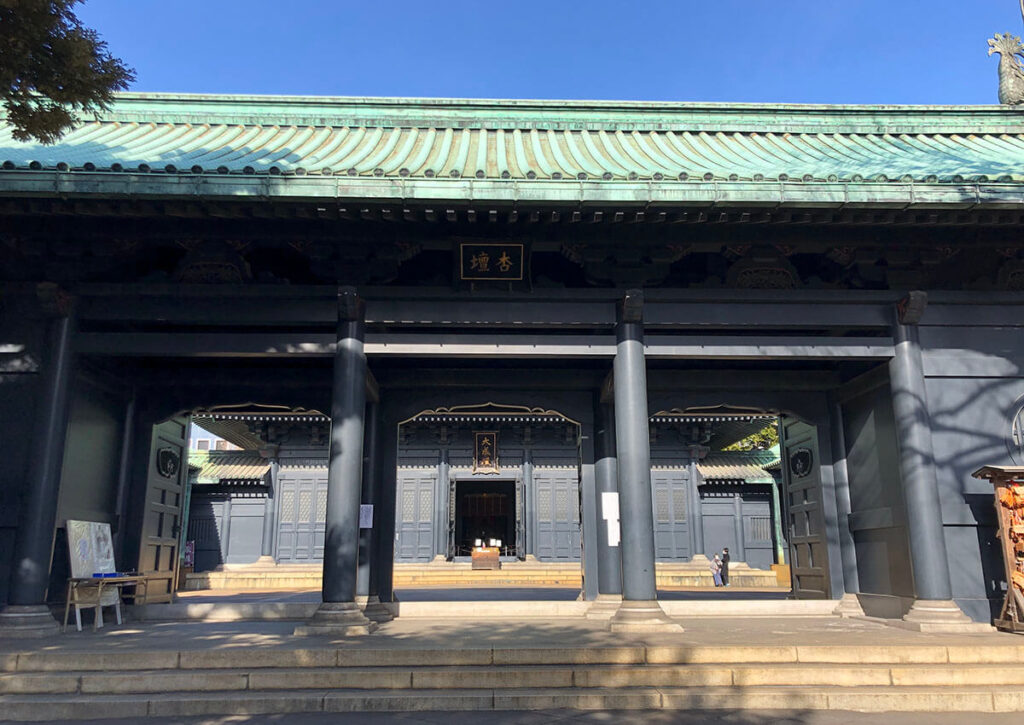

Dynamic Taiseiden
Taiseiden is the main hall of Yushima Seido. The size of the hall is 20m, the depth is 14.2m, and the height is 14.6m. The building is not very big; however, it has an atmosphere like the temples in China as the clopper roofing glitters blue and green. It is so dynamic that you may feel the entire building get close to you when you stand in front of that.
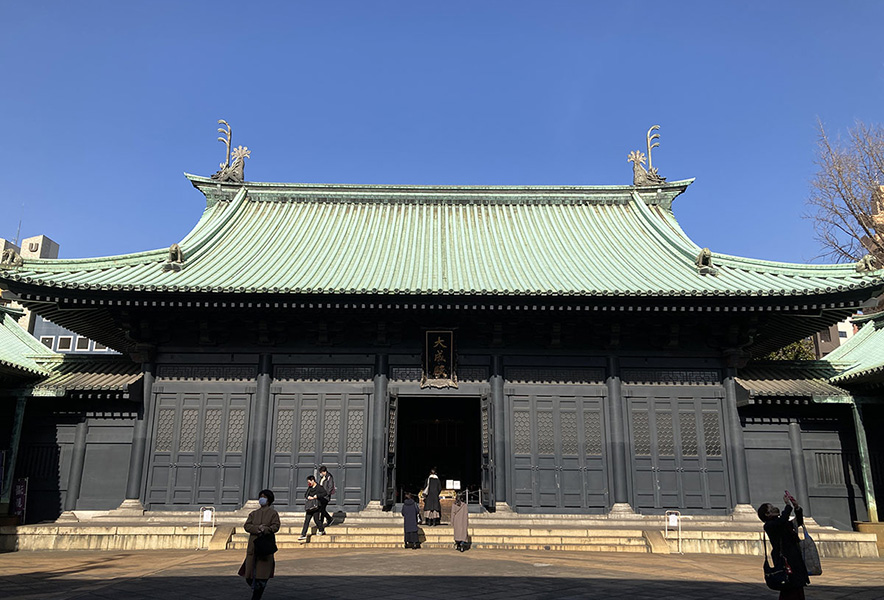

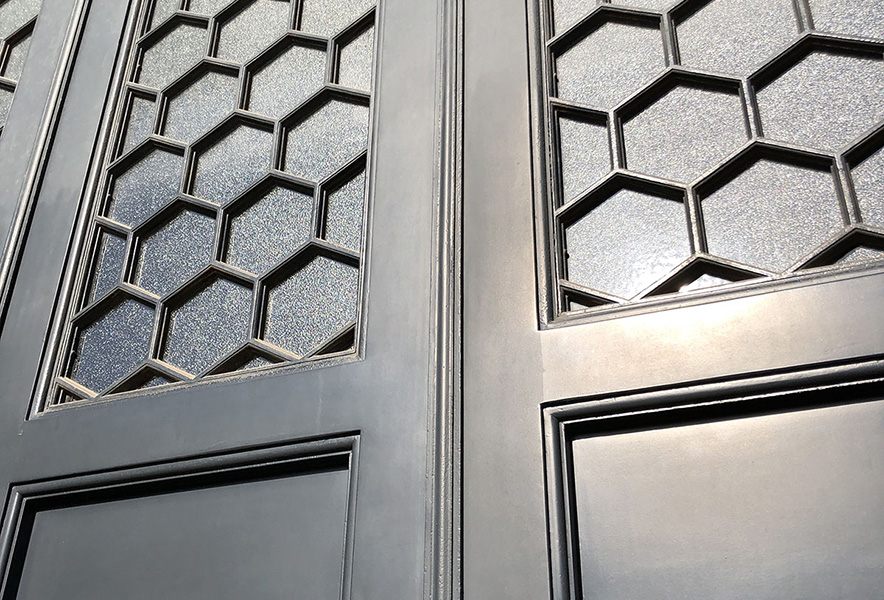
If you look closer, you may find “Sacred Beast and Holy Beast,” which appear with the feelings of virtue to saints like Confucius, all over the roof. Don’t miss them!

Chinese pistache and Confucius’s bronze statue
The huge bronze statue has 4.5m height and about 1.5tons weight.
Since the statue is on a pedestal, it is powerful beyond imagination.
In 1975, it was donated by Taipei Lions Club; moreover, It is the tallest Confucius statue in the world.
There are trees called “Chinese pistache,” which have a connection to Confucius, close to the statue. Since their branches and leaves are orderly, the trees became the origin of the block style of writing in calligraphy.


Access to Yushima Seido Temple
1-4-25 Yushima, Bunkyo City, Tokyo
Parking around Yushima Seido Temple
Yushima Seido Temple Official Website
official site:http://www.seido.or.jp/index.html
